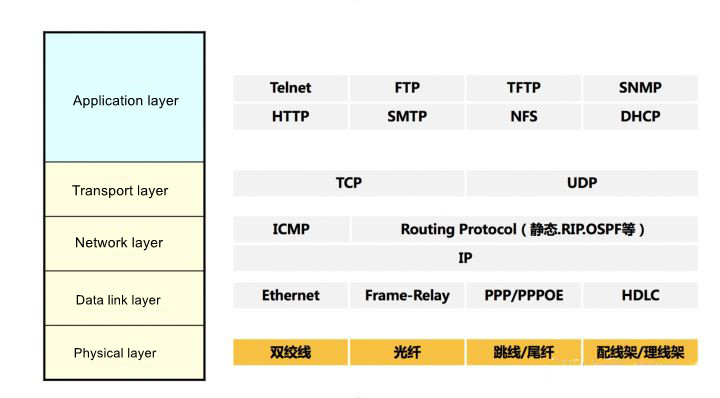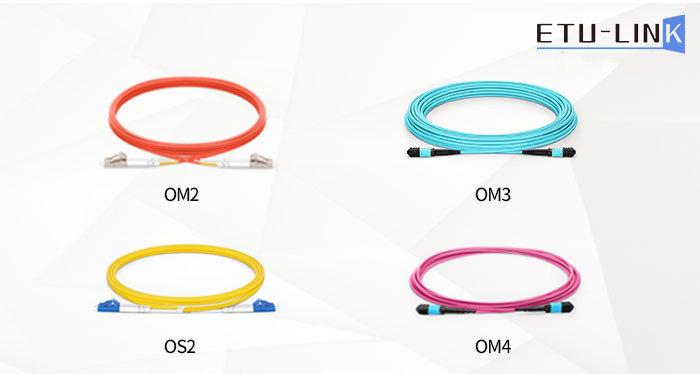
The distinguish between fiber patch cord and twisted pair
This blog ETU-LINK takes everyone to understand the difference between optical fiber, copper cable and twisted pair. First of all, let’s understand the twisted pair. The twisted pair is made up of multiple groups of insulated copper wires intertwined. The internal medium of the twisted-pair cable is also copper wire, and the internal transmission is an electrical signal. According to the principle of electromagnetic, the changing current will generate a magnetic field. Therefore, the purpose of offsetting the magnetic field and reducing signal interference is achieved by winding the copper wire. More commonly used are Category 5e and Category 6 cables. Category 7 patch cords can support 10G transmission and are only used in data centers. Most 10G uses optical fiber transmission, so Category 7 cables are rarely used in actual projects.

Twisted pair cables can be divided into shielded twisted pair and unshielded twisted pair. The shielded twisted pair has a tin foil protective layer, which can effectively prevent data leakage and reduce the interference of the external environment on data transmission. There is no shielding layer in the insulating sleeve of the unshielded twisted pair cable, which is low in price and widely used. The most used in our daily projects is the unshielded twisted pair.
Next, let's understand the optical fiber, which uses the principle of total reflection of light in the glass fiber to achieve a light transmission tool. The transmission loss of light in optical fibers is much lower than that of electricity in wires. Therefore, optical fibers are used for long-distance information transmission. Optical fiber patch cords have the characteristics of light weight, small size, long transmission (small attenuation), large capacity, and anti-electromagnetic interference. Optical fiber is divided into single-mode optical fiber and multi-mode optical fiber. Single-mode optical fiber only allows one mode to propagate and has extremely wide bandwidth, which is especially suitable for large-capacity and long-distance optical fiber communication. Single-mode fiber can be used with single-mode optical modules, and the supported transmission distances are 10KM, 40KM, 80KM, and even 160KM.

Multimode fiber allows multiple modes of optical signal propagation, and OM means optical mode. It is a standard for multimode fiber to indicate fiber grade. OM1, OM2, OM3, and OM4 have 4 levels of multimode fiber, and the bandwidth and maximum distance of different levels of transmission are different. Multimode optical fibers can be used with multimode optical modules. Usually multimode optical modules below gigabit are used with OM2 multimode patch cords, 10G-40G multimode optical modules are used with OM3 multimode patch cords, and optical modules above 40G are used with OM3/OM4 patch cords.
Categories
New Blog
Tags
© Copyright: 2025 ETU-Link Technology CO ., LTD All Rights Reserved.

IPv6 network supported
Friendly Links:
易天官网